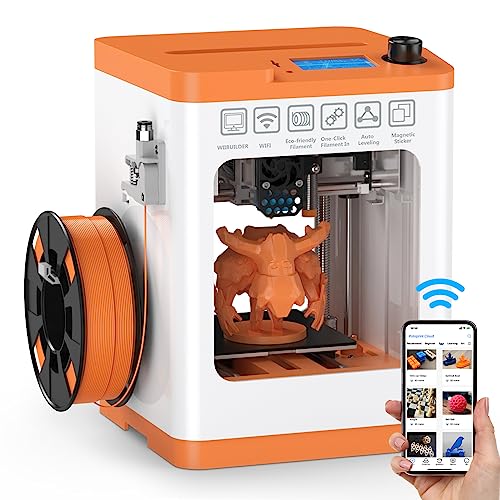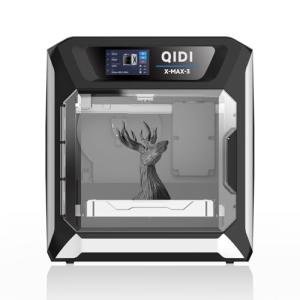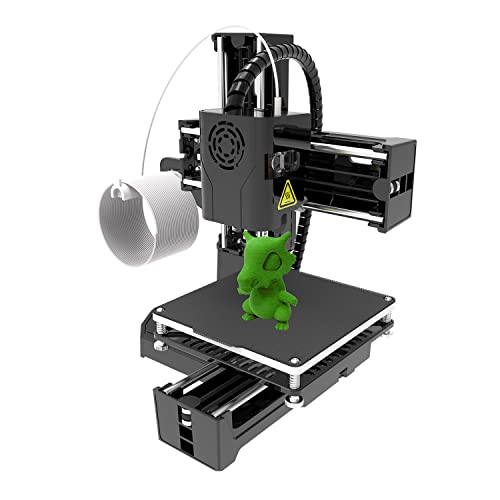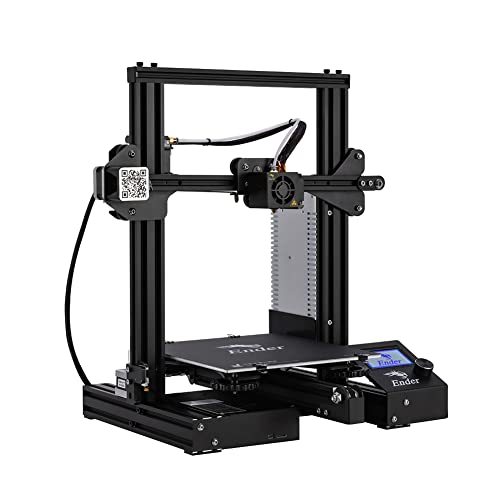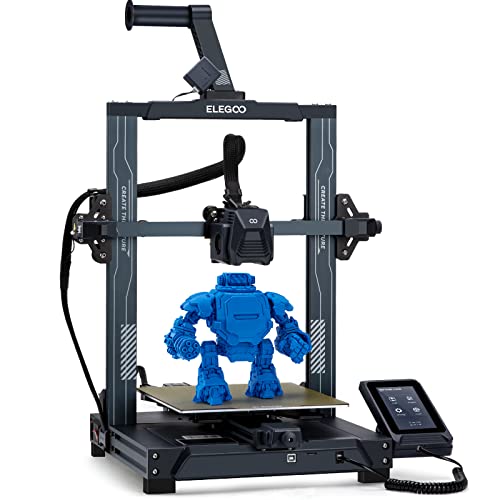When diving into 3D printers, understanding the key features is essential. You want to make sure you pick one that meets your needs, right? Here are some 3D Printer Specifications you shouldn’t overlook:
Print Volume: This tells you how big your projects can be. If you’re dreaming of creating larger items, a printer with a bigger build volume is a must. Check the dimensions to avoid surprises later on!
Print Resolution: This refers to the detail and precision of your prints. A higher resolution means finer details. If you care about smooth finishes or intricate designs, look for a printer that boasts a resolution of at least 1.75mm for filament or a good layer height.
Filament Compatibility: Not all printers work with every type of filament. Some work with PLA, while others can handle ABS, PETG, and even specialty materials. Make sure the printer you get can support the types of filaments you want to use.
Ease of Use: Look for features that make the printer user-friendly. Things like automatic bed leveling, touchscreen interfaces, or easily removable print beds can save you a lot of time and frustration. These little convenience features go a long way when you’re ready to start printing!
Common Terminology Explained
When diving into the world of 3D printers, you'll come across some terms that might feel a bit like a different language. Don’t worry; I’ll break down the common terminology so you can understand 3D Printer Specifications without getting overwhelmed.
First up, we have print bed. This is where the magic happens! It's the surface that the printer builds your object on. A heated print bed can help with adhesion and reduce warping, making it super important for certain materials.
Next is layer height. This refers to how thick each layer of your print is. Smaller layer heights result in smoother prints but take longer. If you're in a rush, a thicker layer height is your friend, though it might sacrifice some detail.
Let’s talk about nozzle diameter. This little guy controls how thick the filament is extruded. A bigger nozzle means you can print faster, but you might lose some detail. A smaller nozzle takes longer but can capture finer details. It’s all about balancing speed and quality based on your project.
Lastly, you can't ignore filament. This is the material used to create your 3D prints. There are many types, like PLA, ABS, and PETG, each with their own characteristics. When considering 3D Printer Specifications, knowing which filament works best for your goals can make all the difference.
WEEFUN Tina2S 3D Printer: WiFi, Auto Bed Leveling
Bring your 3D printing projects to life with the advanced features of the WEEFUN Tina2S 3D Printer, including WiFi connectivity and convenient auto bed leveling
Product information
$214.00
Product Review Score
4.44 out of 5 stars
155 reviewsProduct links
Understanding Print Quality Factors
When diving into 3D printer specifications, understanding print quality is a game changer. This quality mainly hinges on a few key factors. Knowing these can help you pick the right printer for your projects.
First up, let's talk about layer resolution. This refers to how thin each layer of material is when printed. A lower layer height, usually measured in microns, delivers finer details and smoother surfaces. If you're looking to create intricate models or detailed parts, a printer that supports lower layer heights is a must.
Next, consider the nozzle size. The diameter of the nozzle affects both the print speed and the level of detail you can achieve. A smaller nozzle gives you finer details but can slow things down, while a larger nozzle speeds up the process but sacrifices some detail. Think about what’s more important for your projects—speed or precision.
Don’t overlook print speed either. It’s usually measured in millimeters per second (mm/s). Higher speeds can save time, but be cautious—fast printing can lead to lower quality if the printer can’t keep up. Find a balance that works for your specific needs.
Last but not least, material quality plays a huge role in print outcomes. Different filaments, like PLA, ABS, or PETG, each have unique properties that can affect your prints. Experimenting with different materials can help you discover what works best for your specific projects, aligning perfectly with your 3D printer specifications.
QIDI MAX3 High-Speed FDM 3D Printer
Experience fast printing speeds and impressive detail with the QIDI MAX3, your go-to for all your 3D projects
Product information
Product Review Score
4.27 out of 5 stars
55 reviewsProduct links
Decoding Printer Speed and Efficiency
When diving into 3D printer specifications, speed and efficiency are two biggies that you'll want to keep an eye on. Speed is usually measured in millimeters per second (mm/s), and it tells you how fast your printer can lay down layers. A printer that can operate at 50 mm/s will generally be faster than one that runs at 30 mm/s. But remember, speed isn't everything. Sometimes, a slower speed can mean better print quality. So finding the right balance is key.
Efficiency means how well that printer uses its time and resources. This can include things like how quickly it can heat up, how much filament it uses per print, and how reliable it is. Some printers have features that reduce waste by optimizing filament use. If you're looking to save some cash on materials over time, make sure to check this aspect. A more efficient printer can save you money and time in the long run.
Look for models that combine decent speed with high efficiency. You might find some printers that print at a respectable speed without compromising on quality. Be cautious of those that boast incredibly high speeds; sometimes they can’t keep up with those claims in real-world use. Also, consider the material you're planning to use; some materials require adjustments that can impact print speed and efficiency.
Understanding these elements in 3D printer specifications can set you up for more enjoyable printing experiences. Knowing which features matter to you can help you choose the right printer. It’s all about finding what fits your needs and budget! Happy printing!
